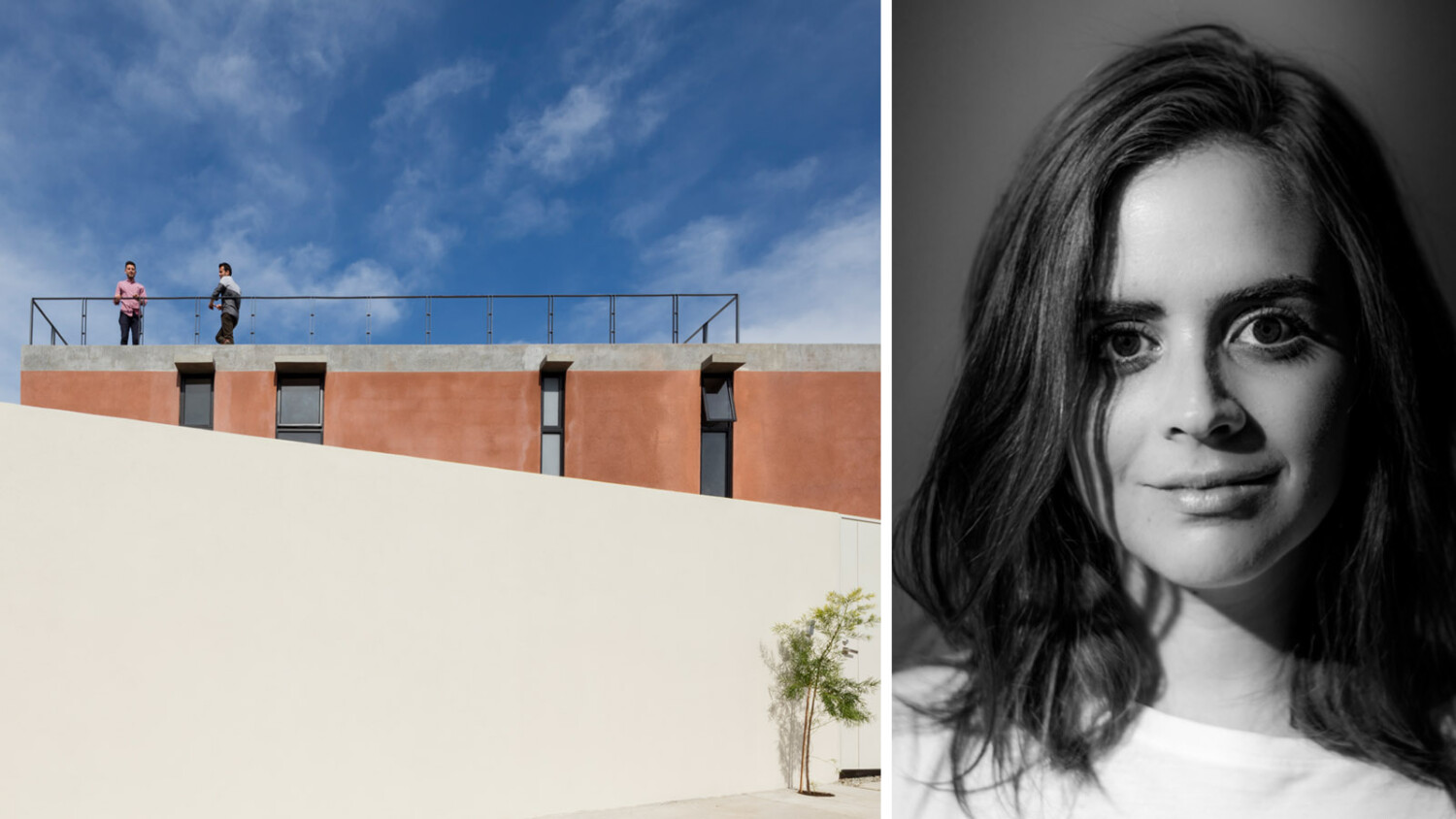Interview: Latin America’s Architect Turned Photographer, Lorena Darquea
Lorena Darquea is a well-traveled architectural photographer who is celebrated for putting modern Ecuadorian architecture on the map. She is also listed as one of the top rising women in architectural photography by ArchDaily. Both a well-studied architect and photographer, she is highly skilled at giving each project a pure and honest portrayal. We were happy to be able to sit down and pick her brain on what makes for good photography from an architect’s standpoint.
Lexi: Hey Lorena, it’s so great of you to take the time to be interviewed by APALMANAC. I was reading up on you and am so inspired by your journey and your process as an architectural photographer. You are both an architect AND a photographer. Can you tell me how you got started in each of those fields? Were you studying architecture first, or photography? When did you decide to merge the two together?
Lorena: I studied Architecture at ITESM in Monterrey, Mexico. Photography, from the beginning, was a hobby and a tool for my career that I would use every time I traveled or visited a project site. In 2009, I went to study abroad at Aalto University in Helsinki. I had the opportunity to take a class called Visual Arts; it was an introduction to architectural photography and learned all the basics. After that, everything just clicked. I graduated and worked for a couple of years with different architectural offices and I used to photograph their construction processes. In 2012, I went back to Ecuador and I saw the need for an architectural photographer in the area. That’s when I decided to set up Lorena Darquea Architectural Photography. Then, I moved to Guadalajara, Mexico in 2015 and established my office there. When 2017 came around, I started a one year long low-residency program at the International Center of Photography in New York.
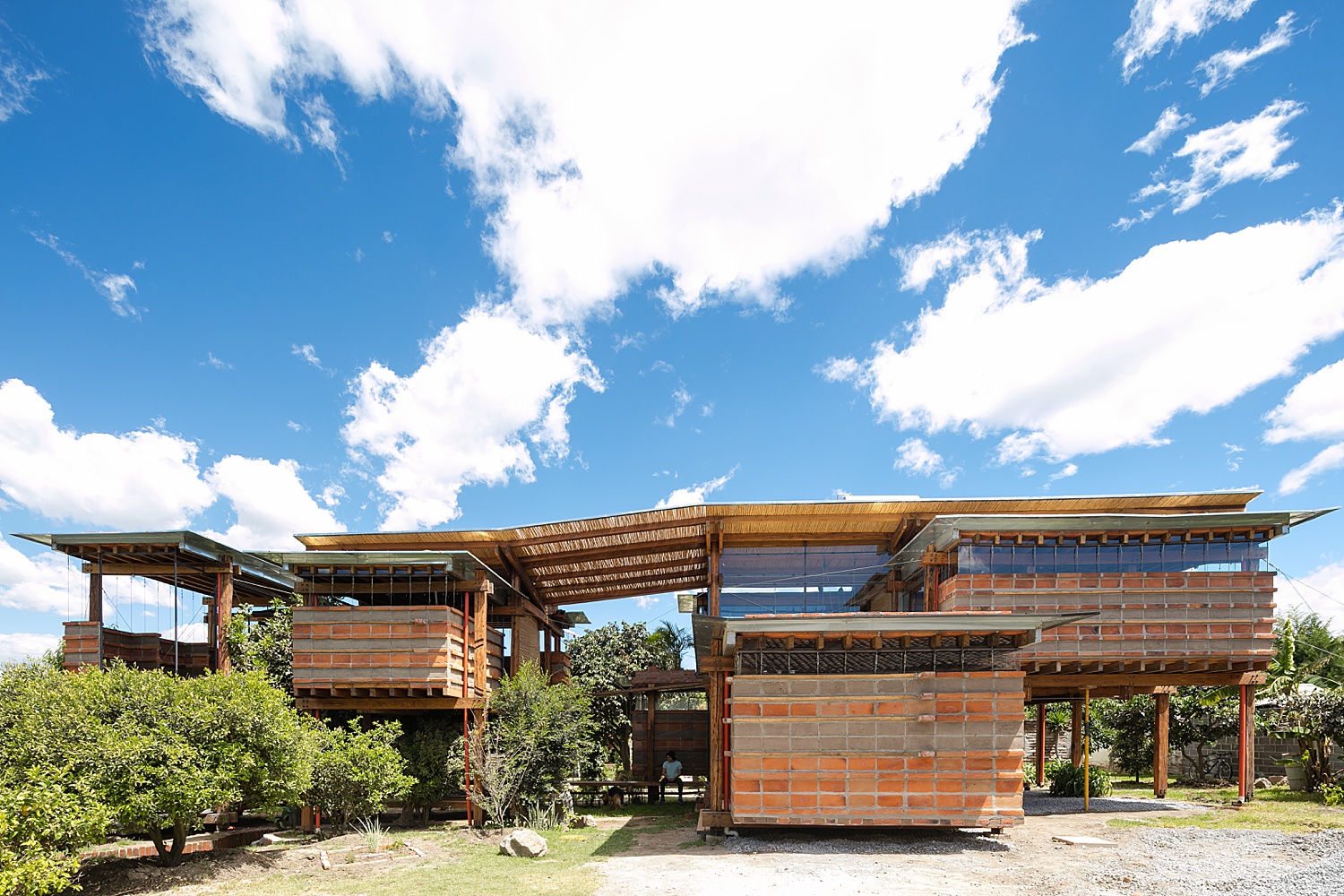
Knowing that you are both an architect and a photographer is so interesting to me. It’s like you hold a secret key! Can you give us some insider information on what designers and architects are looking for, or hoping for, when they hire a photographer to document and showcase their work? What do you think is the most important thing to keep in mind when photographing architecture?
Photographing architecture while being an architect has its perks! In my experience, it helps me understand the process behind the project, as well as the intent of its design. This knowledge sets the ground for the shoot and defines the path I want it to take while photographing it.
Determining what a client is seeking in a shoot changes from project to project. I always meet with the client before the assignment and they explain the project and its concept to me. Then I can plan out how I’ll go about the shoot.
In my experience, the most important things to consider as an architectural photographer are the context, space, tectonics and light in a project. My work specifically revolves around natural light and I enjoy photographing how it plays with architecture. In the end, I always try to transport the viewer to the space in the photograph they are looking at.
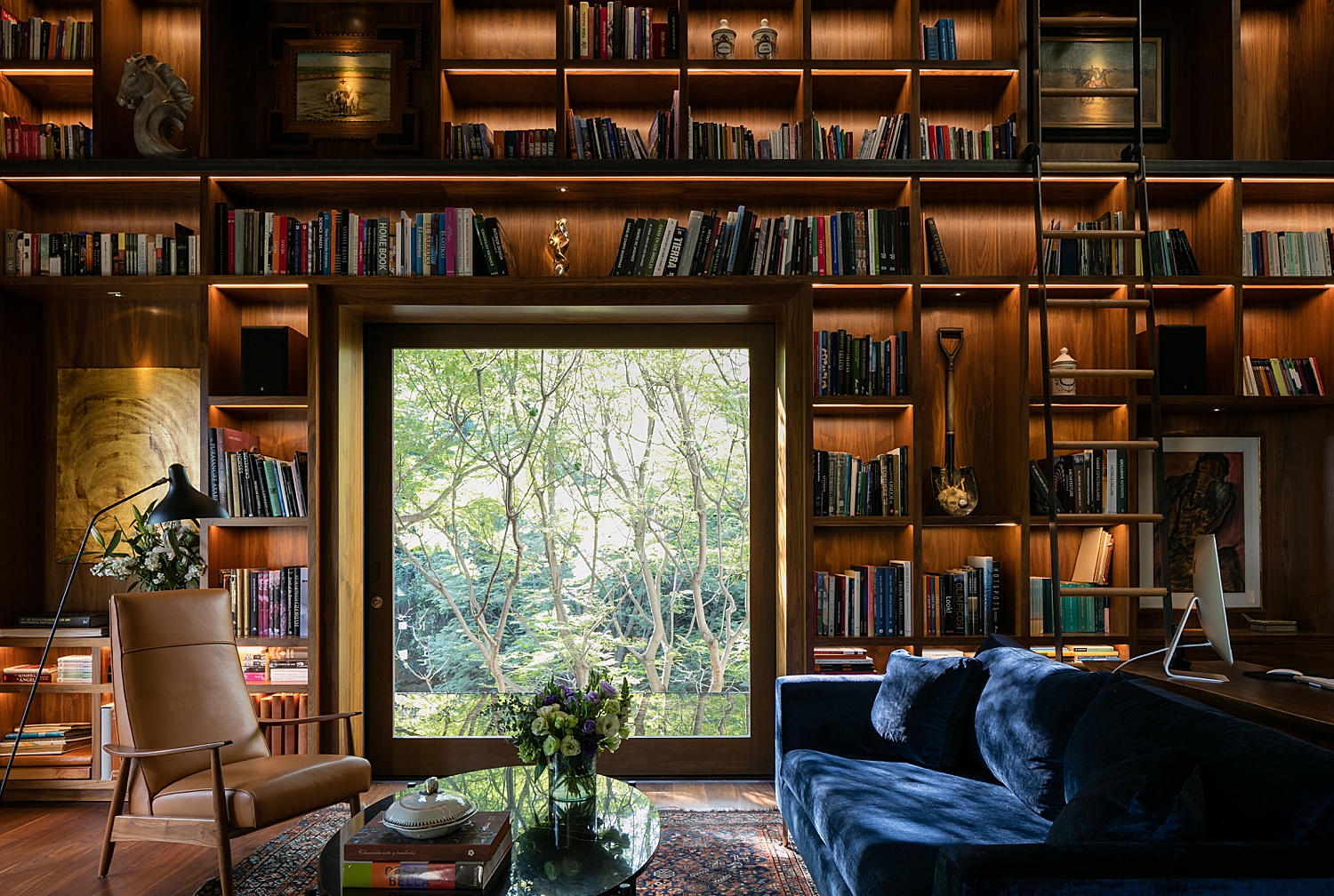
What is the architecture scene like in Ecuador and Mexico? How do the business aspects of photography, like licensing, work in your area? Do you have any advice for other photographers who are trying to have their work featured in Latin American publications?
Architecture in Mexico and Ecuador, are similar but so different in many ways. Mexican contemporary architecture is diverse and rich. They have amazing builders and artisans with a lot of knowledge – and you can see all of these aspects reflected in its architecture. Ecuador in the other hand has these young architects that are experimenting with materials, building technologies, textures, and are creating amazing architecture with a limited budget.
Licensing is quite a problem in Mexico and in Ecuador. Well, maybe all of Latin America. In my experience the architecture firms hire you and magazines go directly to them for publications or the other way around, so they end up skipping the photographer. There is no ethic or knowledge on how to acquire the licensing rights for the photographs in publications and it’s becoming problematic. In my personal experience, the architecture firms are the ones who look for the features in digital or print publications.
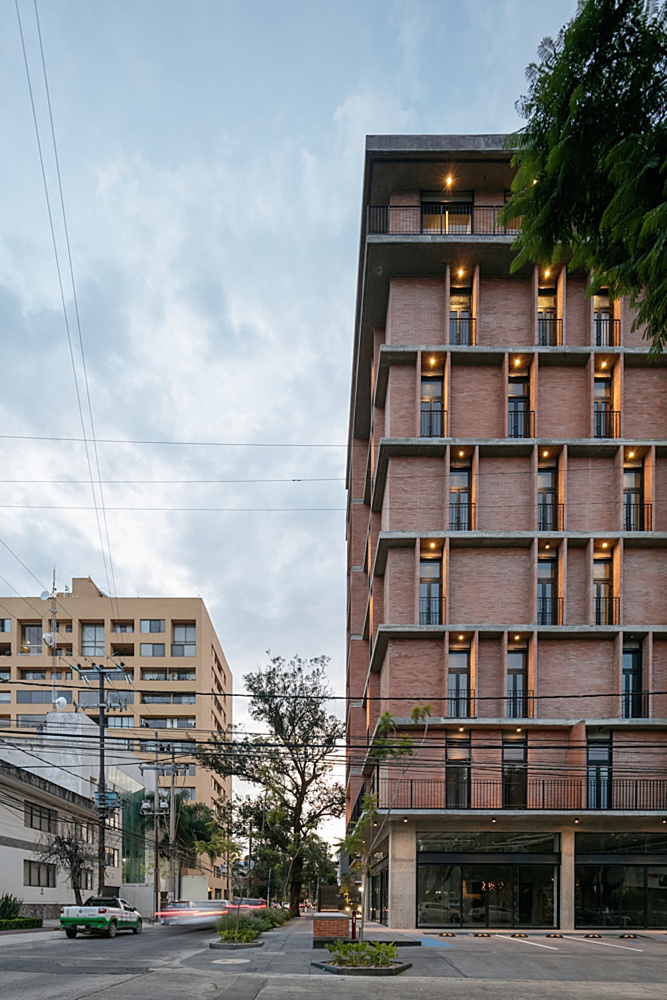
But you have been published time and time again! I’ve read and heard so many things about the way you are putting Latin American architecture on the radar for the rest of the world. Is this a goal you’ve had since the beginning of your career or something that has just happened along the way?
Thank you! I am honored and excited to be helping Latin American architecture to be known, but it was never a goal of mine. As I started out in Ecuador, the most exciting projects were coming from young architects and my goal was to capture their work as honestly as I could. When I moved to Mexico, my purpose was the same. Everything else has come along the way.
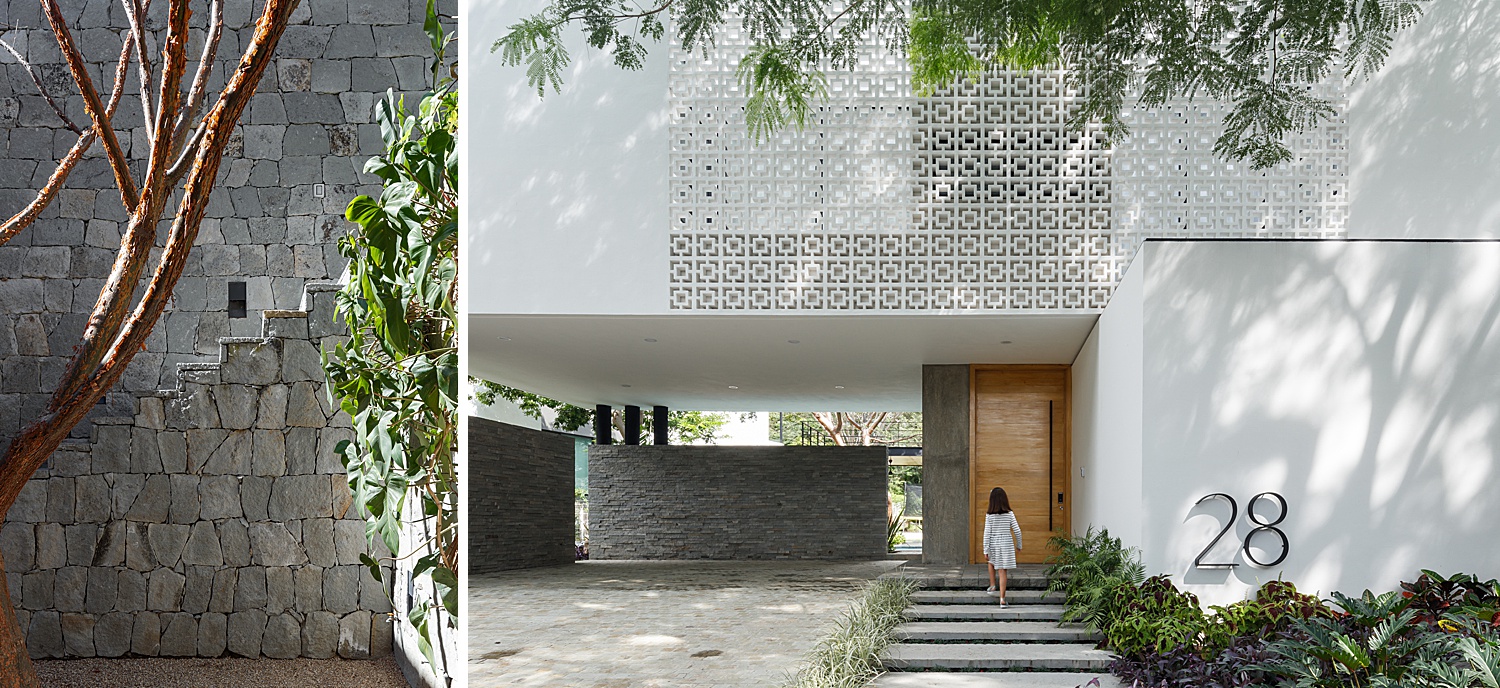
What are some of the challenges you find yourself facing in your career?
During my first year in both Ecuador and in México, I started growing my business by sending my portfolio to almost all the offices I could think of. It makes me really happy to say that since then, I’ve established really good connections with my clients and the new assignments have come along the way.
I have always asked myself this question: “What do I have to do to differ from the other photographers?” Most of the work I see in architectural photography is so similar. So, I always try to change my approach and experiment from project to project.

Tell me about one of your all-time favorite shoots. Which piece of work are you most proud of?
I am really proud of all the work I’ve captured, but I will never forget the first project I was assigned to: Mirador Quilotoa. I had so much fun shooting. The location was breathtaking and the architects of the project were very good friends of mine.
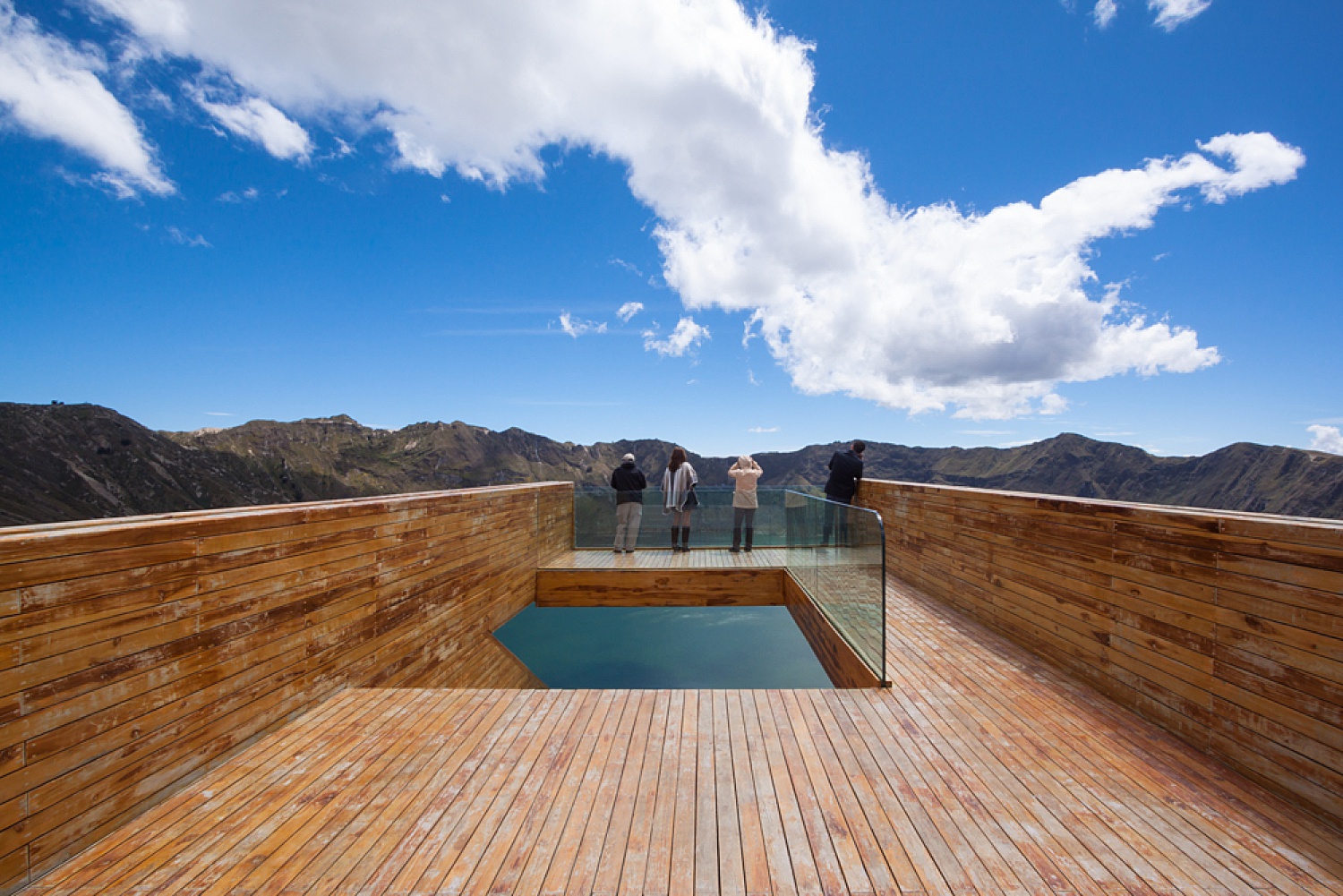
Do you have any hobbies outside of photography that refresh you and keep things fun?
Yes, I do pottery wheel once a week, and it is very therapeutic! I also play tennis and do boxing a couple of days a week.
That’s so awesome! I’m sure it keeps you feeling fresh and creative. So, you and I talked a bit about how it isn’t always easy to get information about architectural photography. Are there any tools, in particular, you used to learn this trade?
Finnish architect and photographer Hannu Koivisto gave me my first lesson and introduction to architectural photography. He provided all the tools and information to me as a beginner. When I decided to set up my office in Ecuador, my good friend and photographer, Adrian Llaguno, also helped me a lot. Like we were talking about with each other, there is a lack of information regarding architectural photography. Along the way of my career, I have written to different architectural photographers that I admire and ask them questions. Funny enough they would answer and have helped me along the way. Every day was – and is – a learning experience.
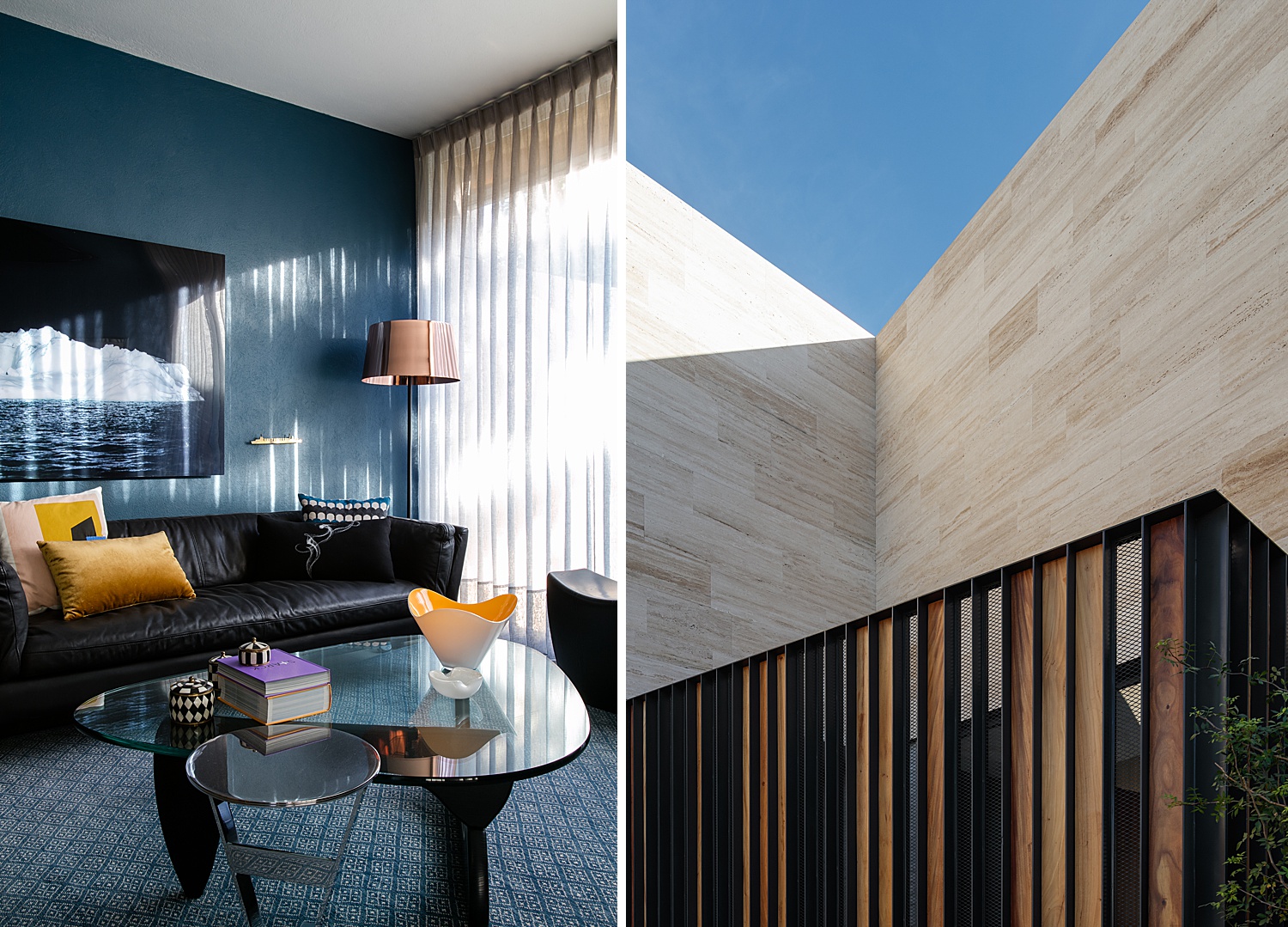
If you could give one piece of advice to other photographers in this discipline, what would it be?
I would definitely advise the newcomers not to work for free and to know the value of the work they produce. In addition, keep in mind that there are a lot of public buildings and huge cities where you can start shooting and practicing architectural photography right away!

Architectural Photography Almanac is gracious to Lorena for taking a moment to answer all of our questions, navigate the language barrier, and her enthusiasm for sharing her knowledge with other photographers in this industry. Her website and Instagram show off endless amounts of epic architecture in Ecuador and Mexico, and you could / should spend the day scrolling through them. Thanks again Lorena!
